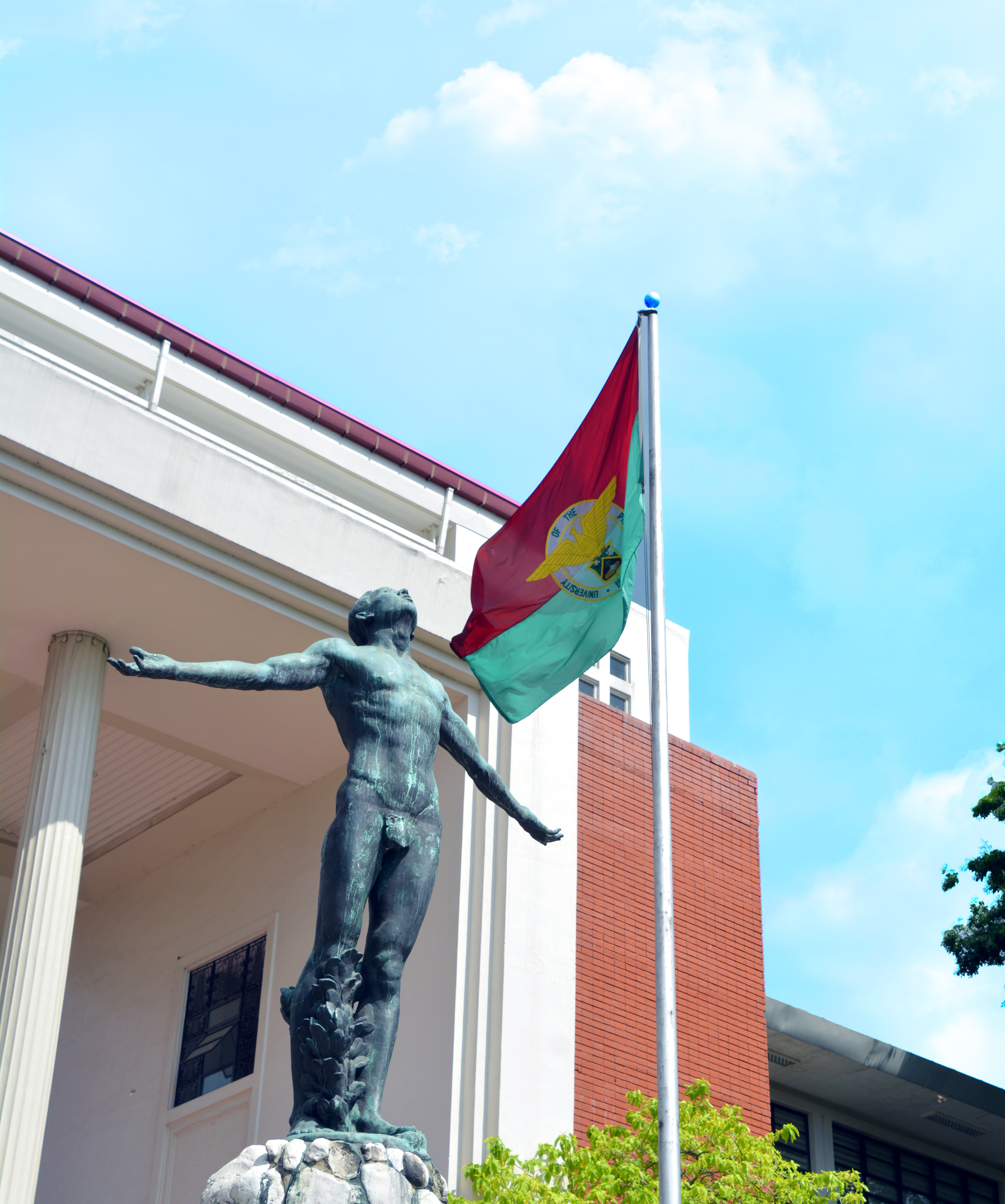The University of the Philippines Diliman (UPD) is the main campus of the University of the Philippines System (UP System), the national university by virtue of Republic Act 9500.
UPD occupies 493 hectares of prime land in Quezon City, featuring an array of both old and new buildings, which house the various disciplines that offer comprehensive education covering all facets of human behavior and development at the baccalaureate and postbaccalaureate levels.
UPD has 275 academic programs, 70 of which are in the undergraduate level, 105 in the master’s, professional master’s, Juris Doctor, BA-MA Honors, and 48 in the doctoral levels. Seven Associate in Arts and 24 graduate diploma programs are also offered, with extension programs in Pampanga and Olongapo City and currently under development, specialized programs at the UP Professional Schools at the Bonifacio Global City.
UPD is the biggest constituent university of the UP System in terms of degree-granting academic units, student population, faculty and library resources. In the first semester of Academic Year 2023-2024, UP Diliman had 27,266 students, in which 17,333 were undergraduates, 8,159 were pursuing master’s and doctoral degrees, and 1,281 were pursuing the Juris Doctor degree. As of August 24, 2023, the UP Diliman had a faculty complement of 2, 966, comprising 322 Full Professors, 287 Associate Professors, 713 Assistant Professors and 265 Instructors, alongside 1, 118 Lecturers, 63 Professor Emeriti, 20 Adjunct Professors, 9 Affiliate Faculty, 11 Professorial Fellow, and 14 Visiting Professors.
UPD is home to two initiatives to boost science and technology in the country: National Science Complex (NSC) of the College of Science and the Engineering Research and Development Technology (ERDT) of the College of Engineering.
The NSC was established by Philippine president Gloria Macapagal Arroyo through Executive Order 583 on Dec. 8, 2006, allocating some P2 billion to the program. Of the amount P1.7 billion was appropriated for the construction of the NSC in three phases. The first phase involved the completion of the buildings of the National Institute of Physics and the NSC road network. The second phase was the construction of buildings for the Institute of Chemistry, Institute of Biology and the National Institute for Microbiology and Biotechnology (NIMBB). The last phase involved completion of the NIMBB and construction of the Institute of Environmental Science and Meteorology, the College of Science Administration building as well as technology incubation centers.
The Arroyo government likewise allocated P3.5 billion to the ERDT in 2007.
The ERDT, or the Engineering Research and Development for Technology, was created to deliver high impact research aligned with the country’s National Science and Technology Plan and the Medium-Term Development Plan, to attain a critical mass of MS and PhD graduates, to upgrade the qualifications of practicing engineers and to develop a culture of Research and Development.
The ERDT is implemented by a consortium of eight member universities offering graduate programs in the various engineering fields in the country, with UPD as lead university. As part of the program, funds were allocated for construction of buildings for the following: Chemical Engineering, Electrical and Electronics Engineering Institute, Institute of Civil Engineering; Mining, Metallurgical and Materials Engineering, Industrial Engineer/Mechanical Engineering, and Energy and Environmental Engineering.
UPD has extensive alliances with international institutions of higher learning for joint academic programs, research, and student exchange—providing the institution with opportunities for curricular enhancement, faculty development, resource generation, and sharing of expertise and programs.
UPD’s academic buildings and public art are set in a landscaped environment. This is a result of the evolution of its campus plan in the face of changing architectural theories and styles, as well as its dynamic relationship with the concerns and events of the nation.
Thus, UPD fulfills its role as a model of undergraduate instruction, a center for graduate education and research, and as a major source of leadership and expertise for public service.

